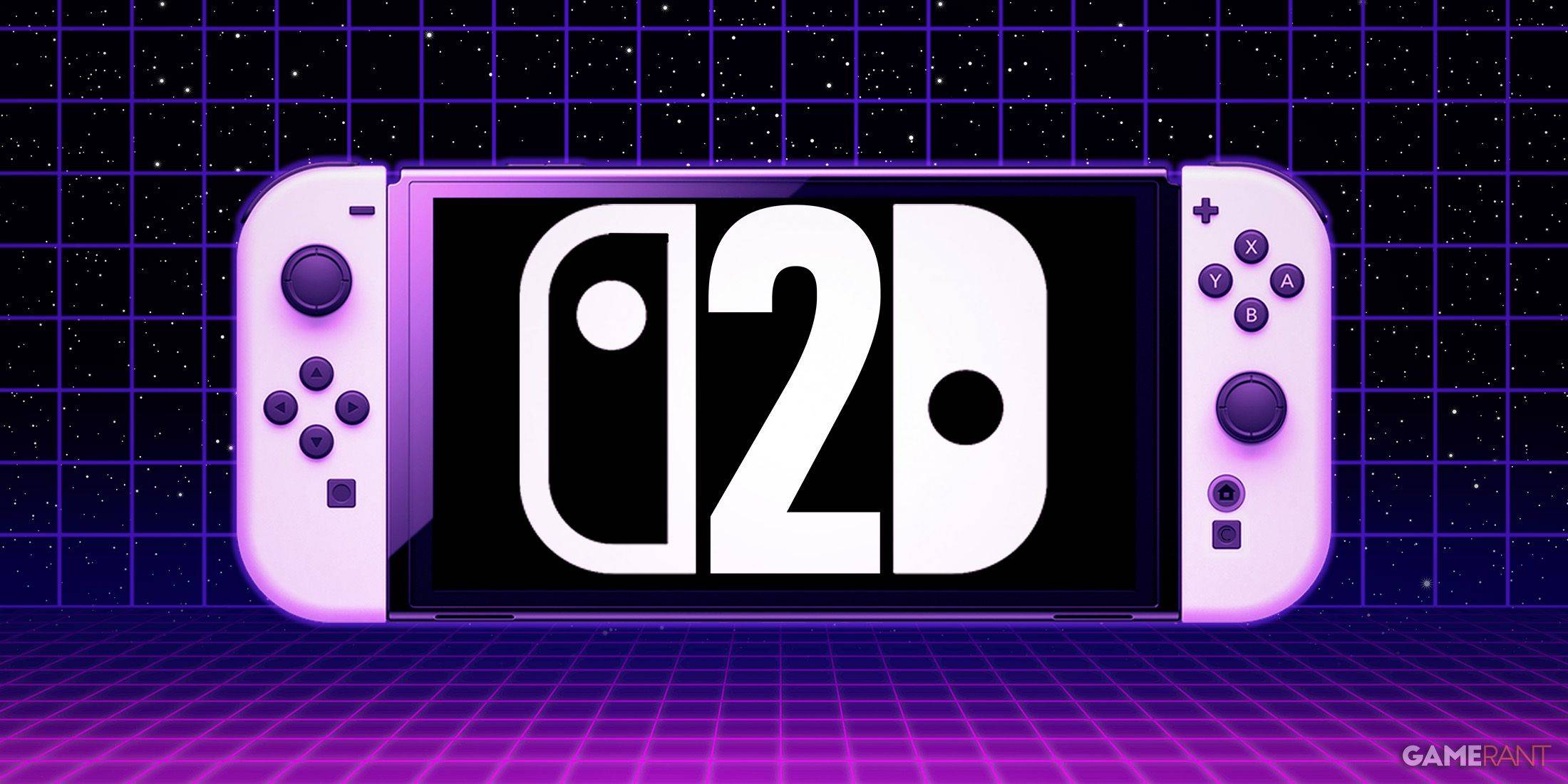Nintendo Switch 2 Rumored with Massive Storage Boost
- By Noah
- Feb 08,2025

Leaked GameStop SKUs Suggest Nintendo Switch 2 Will Support microSD Express Cards
Recent leaks suggest the upcoming Nintendo Switch 2 will boast significant storage improvements, potentially supporting microSD Express cards. This revelation comes from several GameStop stock keeping units (SKUs) seemingly related to unreleased Switch 2 accessories. These SKUs, originally posted by Reddit user Opposite-Chemistry96, list "Switch 2 Exp Micro SD Card" options in 256GB and 512GB capacities, strongly indicating compatibility with the microSD Express standard.
This represents a substantial upgrade from the Nintendo Switch's UHS-I microSD card support. microSD Express offers dramatically faster transfer speeds. While UHS-I cards typically max out around 95 MB/s, microSD Express cards can achieve speeds nearing 985 MB/s – a more than 900% increase. This speed boost is attributed to the use of the NVMe protocol, similar to that employed in high-performance SSDs.
The capacity advantage is equally impressive. UHS-I cards top out at 2TB, whereas microSD Express cards can reach capacities up to 128TB – a staggering 6,300% improvement. The leaked GameStop pricing suggests a 256GB microSD Express card will retail for $49.99, while a 512GB card will cost $84.99.
Further leaks from Opposite-Chemistry96 include SKUs for a standard Switch 2 carrying case ($19.99) and two deluxe carrying cases ($29.99). While these are likely unofficial accessories, their appearance reinforces the growing volume of Switch 2 leaks circulating online.
Nintendo has previously stated its intention to unveil the Switch 2 before the end of its fiscal year (March 31, 2025). The continued influx of leaks, including these accessory details, further fuels anticipation for an official announcement.
UHS-I vs. microSD Express:
| Feature | UHS-I | microSD Express |
|---|---|---|
| Transfer Speed | ~95 MB/s | ~985 MB/s |
| Max Capacity | 2TB | 128TB |
The potential inclusion of microSD Express card support significantly enhances the Switch 2's appeal, promising vastly improved storage capabilities and transfer speeds compared to its predecessor.
Latest News
more >-

-

- GTA 6 Delayed Until May 2026
- Dec 25,2025
-

- John Wick Anime Prequel Casts Keanu Reeves
- Dec 24,2025
-
- Rare's Everwild Update From Phil Spencer
- Dec 24,2025
-

- Beyond the Ice Palace 2 Launch Details Announced
- Dec 24,2025



